Perri Cutten: A Timeless Legacy in Fashion
Remembering Perri Cutten: A trailblazing Australian fashion designer whose timeless elegance and...
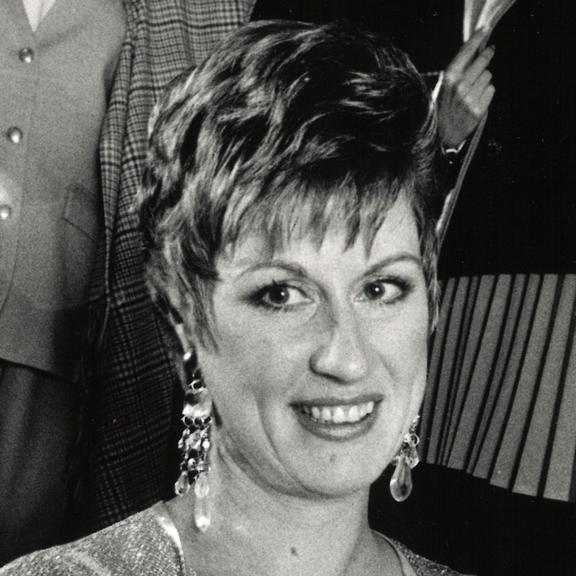
 Search...
Search...

The 1970s was the decade many say Australia caught up with the rest of the world.
Australia's population was literally half of what it is now at 12.5M. The first of the baby boomers came to maturity, colour TV was born, so too the first PC and Atari computer game.
Every second home had shag carpet, kids pegged playing cards to their bike spokes and young girls had coloured streamers dangling from the handlebars. Everyone loved slurping on Sunny-boys and deciding between a Redskin, Choo Choo bar or Milko was indeed a difficult one.
Sport turned professional, music was shaping fashion and Grease was the word.
This is The 1970s.
Australian television stations embraced colour TV which launched in 1974. TV shows that brought families together inside living rooms during the 1970s featured rugged cops and detectives, raunchy sitcoms, period dramas and more variety and talent shows than you could poke a stick at.
Which of these popular TV shows did you watch?
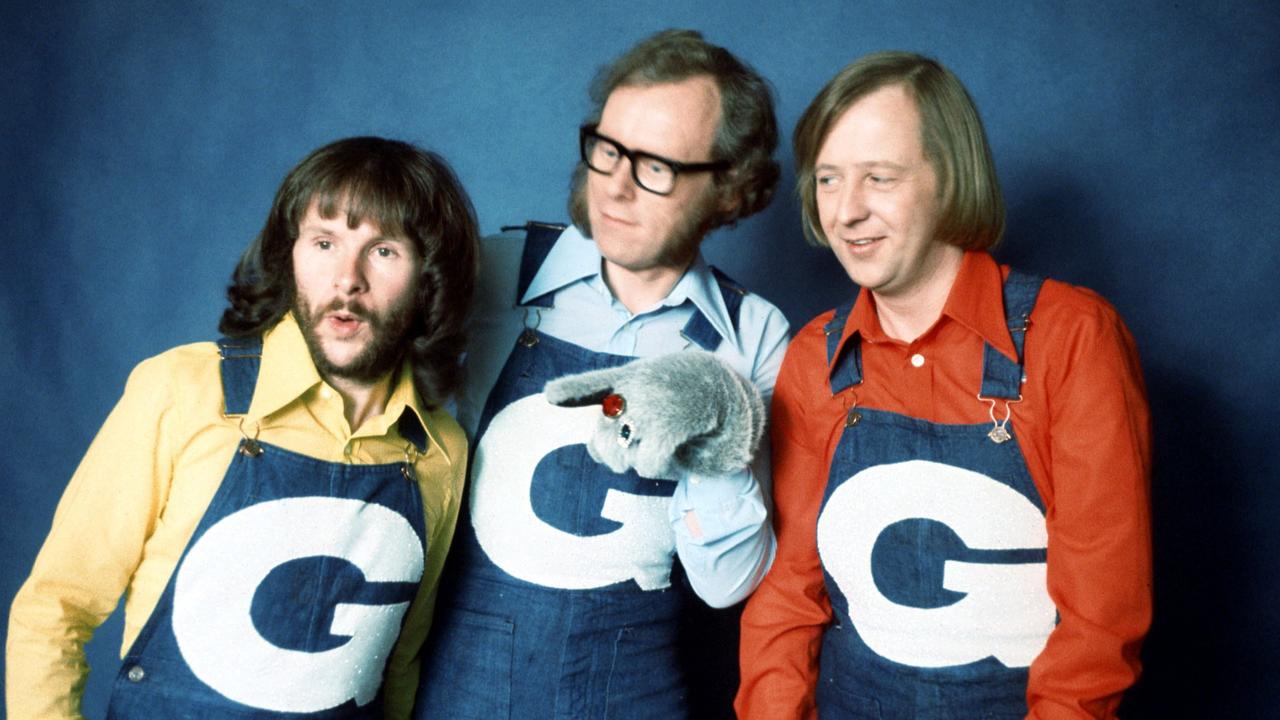
Skippy, The Sullivans, Spyforce, Bewitched, I Dream of Jeannie, The Brady Bunch, Happy Days, Countdown, Matlock Police, Boney, Adventure Island, The Lost Islands, Division 4, Number 96, Class of 74, The Box, Bobby Dazzler, Young Ramsay, Ask the Leyland Brothers, Ryan, Blankety Blanks, Don Lane, The Ernie Sigley Show, The Graham Kennedy Show, Paul Hogan Show, The Goodies and who can forget Young Talent Time and Hey Hey It's Saturday!

The 1970s, like every decade, had its own iconic pop-culture fashion staples. The early 1970s fashion was an extension of the late 1960s hippie vibe which embraced peace, love and equal rights. There were mood rings, very high platform shoes, psychedelic prints, maxi and midi skirts and dresses, headscarves and big sunglasses.
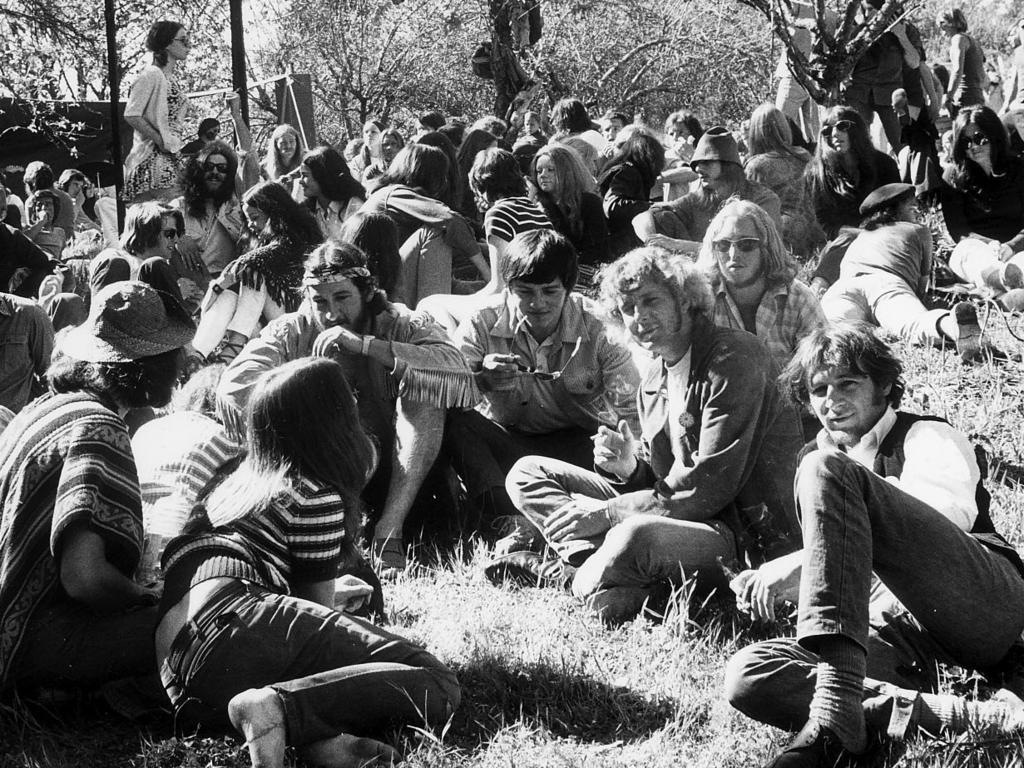
Relaxed chic tailoring was a vibe and brought with it high-waisted denim, bell-bottoms, bell sleeves, printed t-shirts and male-style suiting. Polyester was everywhere and wild mixed patterns too. Glam rock, punk and disco styles grew very popular later in the decade and if you didn't have a unisex shag-style cut you probably had blonde locks that bounced like Farrah Fawcett.
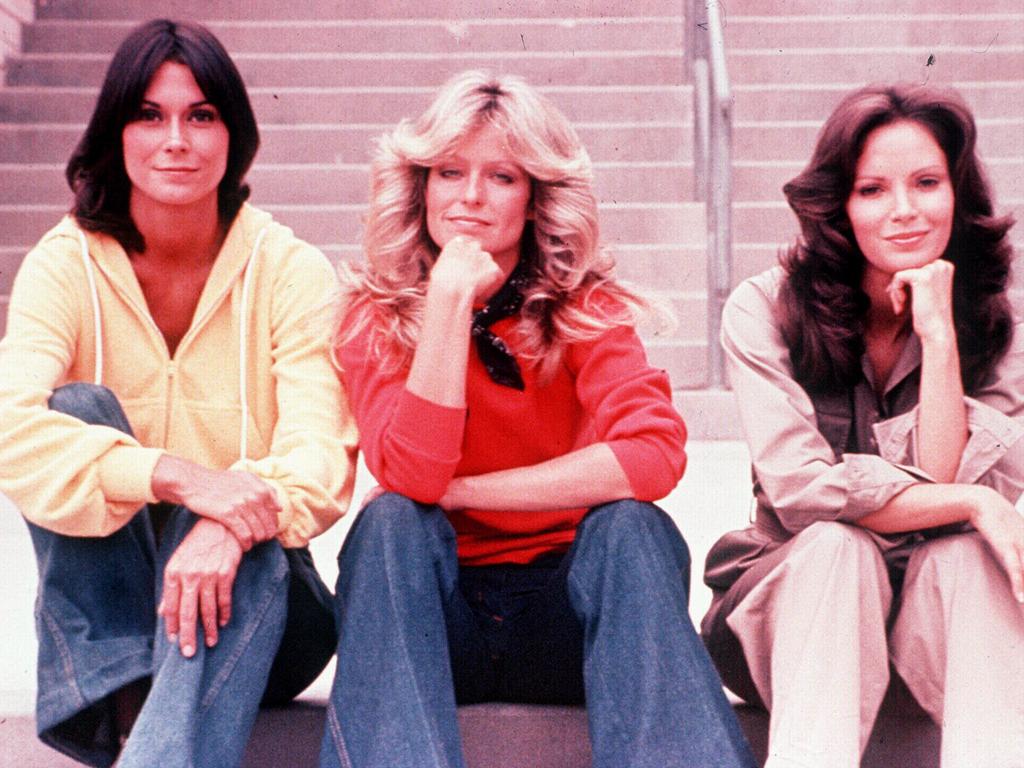
Soul, disco, funk and smooth jazz continued its popularity in the 1970s. Reggae became more innovative and rock, punk rock and heavy metal achieved various levels of its own success too. The introduction of synthesisers and various techniques being sampled, filtered through to the rock and pop music genres in particular.
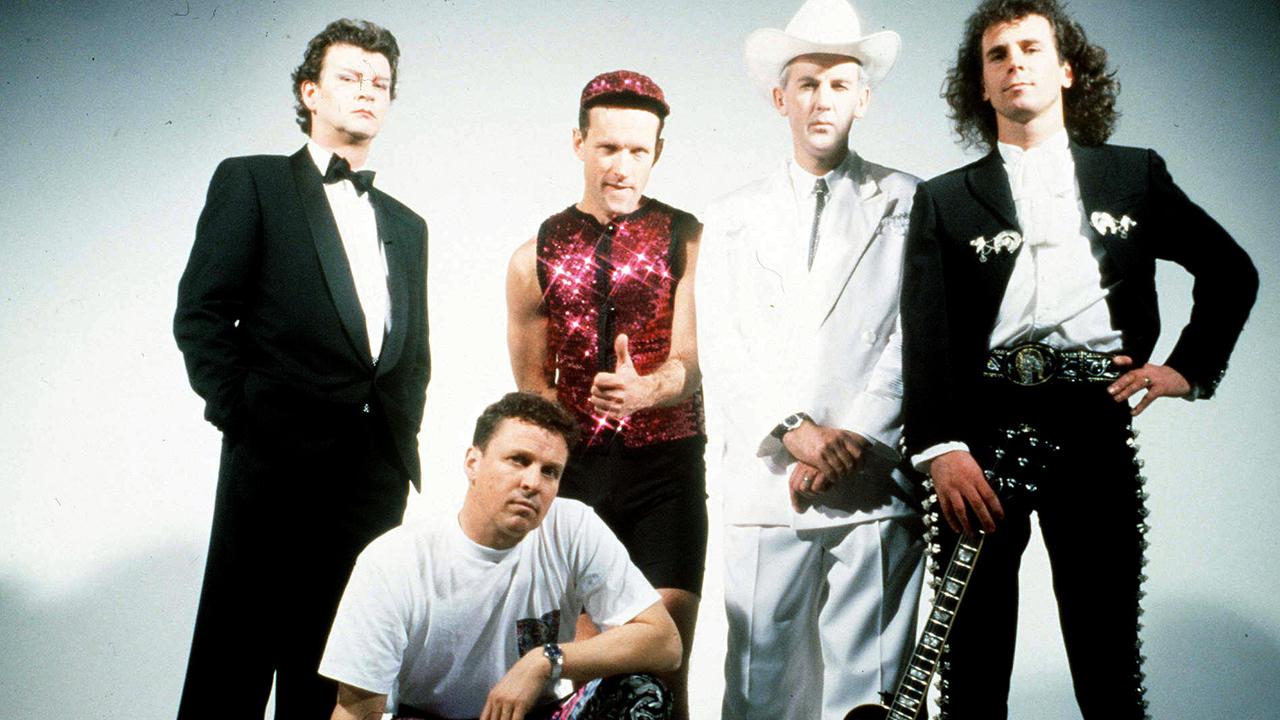
Big hits that come from Australian soil in the 1970s were: Eagle Rock - Daddy Cool, Most People I know (Think That I'm Crazy) - Billy Thorpe and the Aztecs, Delta Dawn - Helen Reddy, Evie - Stevie Wright, Stayin' Alive - The Bee Gees, Horror Movie - Skyhooks, Howzat - Sherbet and Up There Cazaly - The Two Man Band and everything ACDC.
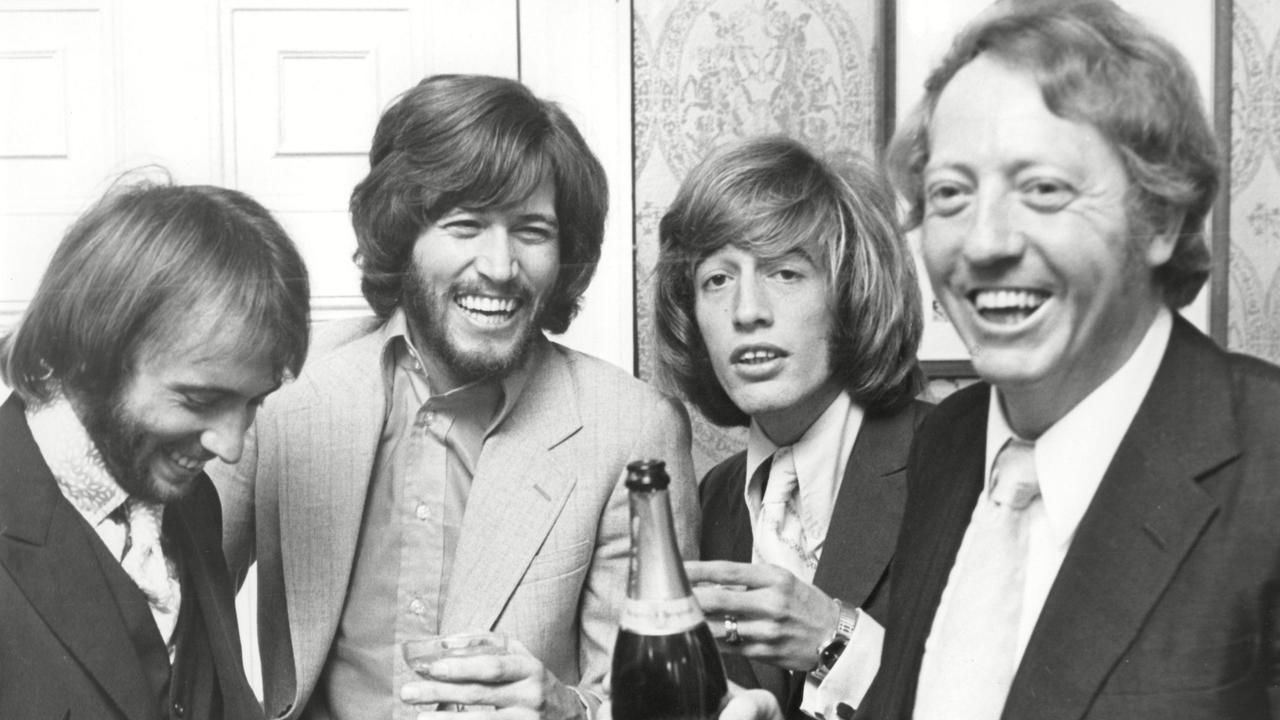
Following the election of the Whitlam Government in 1972, increased funding for the arts together with a restructured Australian Council for the Arts enabled curators to think bigger. This filtered down to many smaller institutions being able to see their own exhibitions.
The 1970s brought great artists like Jeffrey Smart, John Olsen, Tim Storrier and Brett Whiteley to the world stage and who joined Australian Galleries during this decade.
Three books that came out of Australia in the 1970s which changed history were: The Female Eunuch by Germaine Greer in 1970 which became an international bestseller.
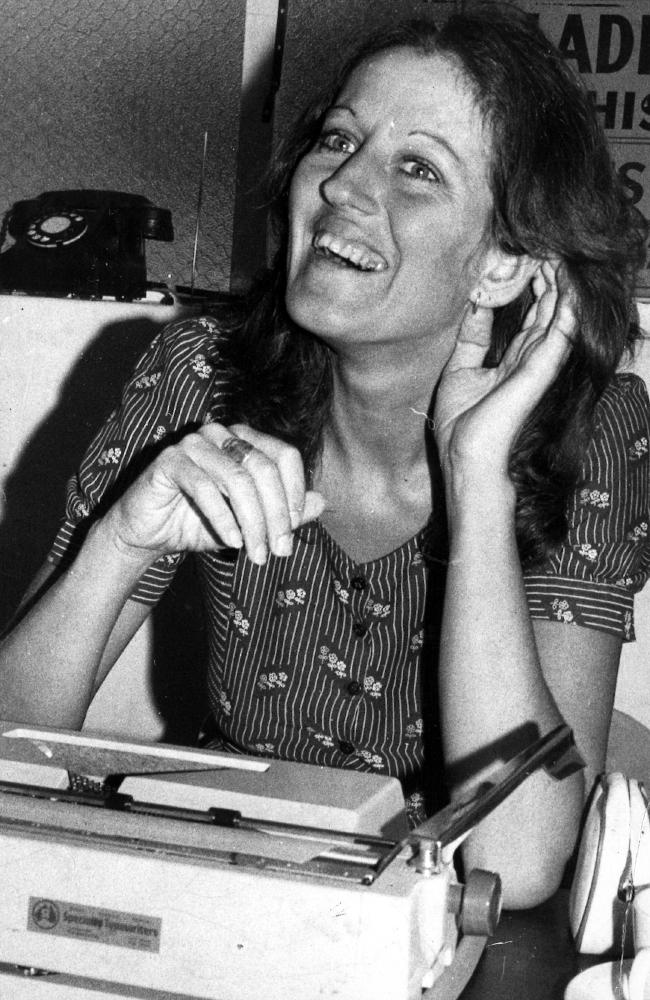
Animal Liberation: A New Ethics for Our Treatment of Animals by Peter Singer in 1975 which within the animal liberation movement is considered the founding philosophical statement of its ideas.
Homosexual: Oppression and Liberation by Dennis Altman in 1971 which rejected traditional attitudes towards homosexuality.
The first personal computers (PC) revolutionised the way people thought and talked about using information. In 1975, the Altair 8800 entered our lives which hobbyists and professionals used at home and work. In 1978 Atari computer video game entered the market which was capable of colour and built-in player and missile graphics.
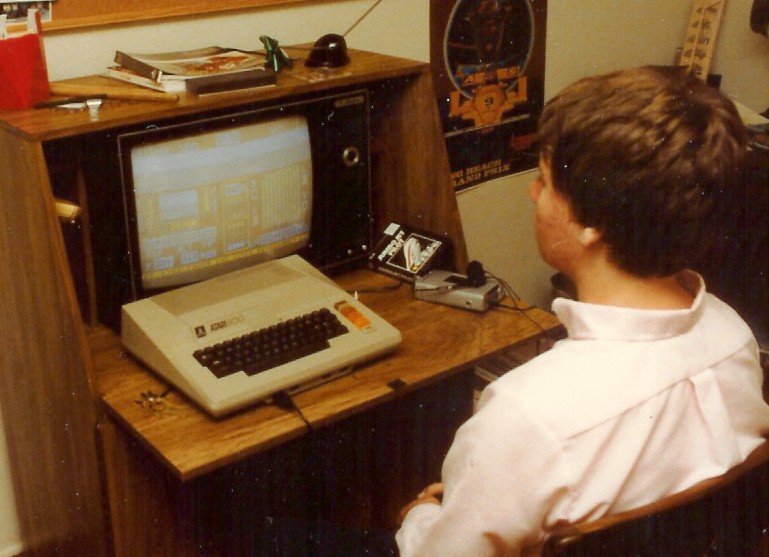
Australian sport soared to new heights in the 1970s largely because of Australian entrepreneur Kerry Packer televising cricket on his commercial TV station Channel Nine for the first time. The 1970s also introduced sports sponsorship which meant sport no longer had to be just for fun, it turned professional. Rugby and AFL took off in the 1970s too following television coverage.

Australia's Margaret Smith was winning titles left, right and centre during the 1970s including; Wimbledon, Australian Women's singles and the Grand Slam.
Soccer benefited greatly following Australia qualifying for the World Cup for the first time in 1974 which changed people's view of the game to a more serious one.
Surfing really took off in the 1970s thanks to legends like Fred Hemmings, Randy Rarick and Jack Shipley who formed the International Professional Surfers (IPS). The International Professional Surfing Association (IPSA), also conducted its first contest with many Australians getting on board.
The 1972 Olympics in Munich, West Germany we took home 17 medals in total which ranked us 6 out of 48 entries. The 1976 Olympics in Montreal, Canada was a very different story. Here we took home a total of… are you ready for it? 5 medals which ranked us 32 out of 41 entries. Following our failure in these games, The Australian Institute of Sport was established and later built in 1981.
It was a devastating decade for natural disasters in Australia with Cyclone Ada in 1970, the Kin Kin tornado in 1971, Cyclone Tracy in 1974 and Cyclone Alby in 1978.

The 1974-75 Australian bushfire season that burned across Australia during the summer burned up an estimated 117 million hectare, which is 15% of Australia's land!
The Brisbane 1974 floods occurred following 3 weeks of continual rain. In total, there were 16 fatalities, 300 people injured, 8,000 homes destroyed and an estimated A$980 million in damages.
The worst industrial accident to occur in Australia's history happened in 1970 when the West Gate Bridge collapsed into the Yarra River where 35 workers lost their lives.
The 1970s certainly had its volatile moments with demonstrations and grassroots actions taking place to protest the Vietnam War and the support of Aboriginal rights.
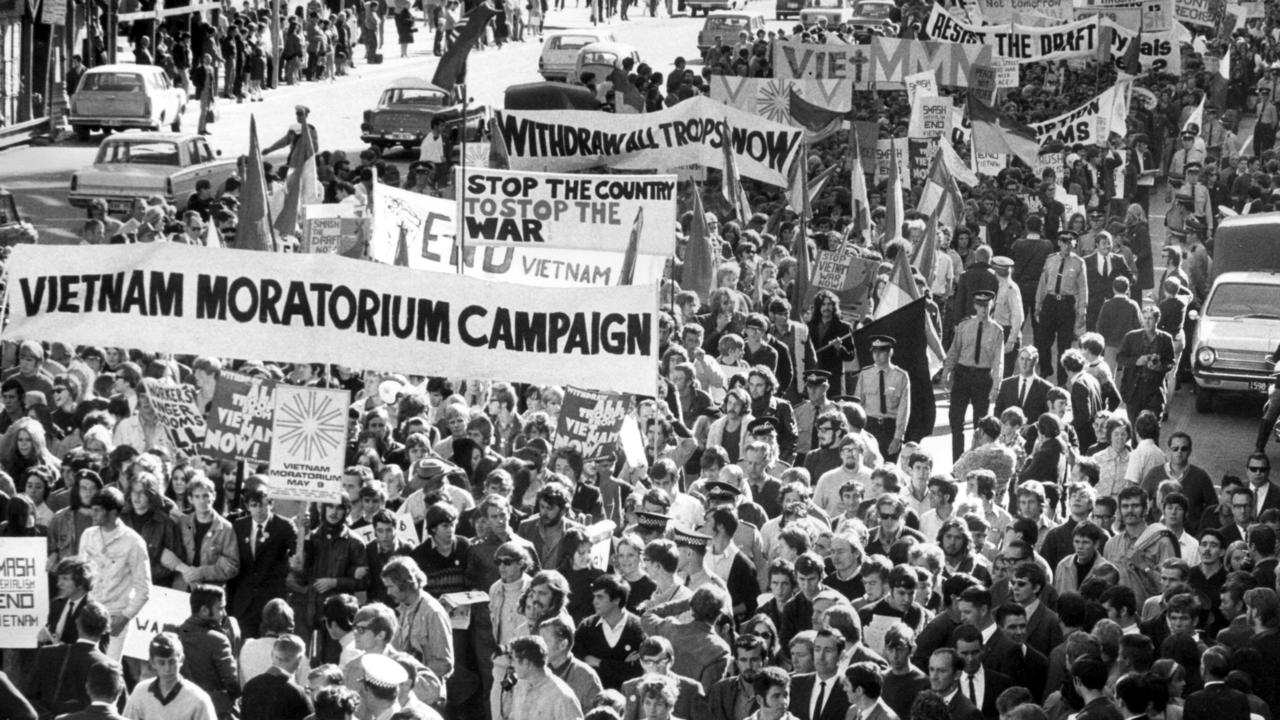
The Builders Labourers Federation teamed with local action groups applying green bans to prevent over-development in parts of Sydney. Political upset further unravelled when the Gough Whitlam-led Federal Labor Government became the first government, rather the only government in Australian history to be dismissed by the Governor-General.
RELATED: Tribute to Australian Prime Ministers
Australia had 3 Liberal and 1 Labour Prime Minister during the 1970s. John Gorton (Liberal) 1968 to 1971, William McMahon (Liberal) 1971 to 1972, Gough Whitlam (Labor) 1972 to 1975 and Malcolm Fraser (Liberal) 1975 to 1983.
"It takes a great deal of courage and independence to decide to design your own image instead of the one that society rewards, but it gets easier as you go along." - Germaine Greer.
By Kirsten Jakubenko
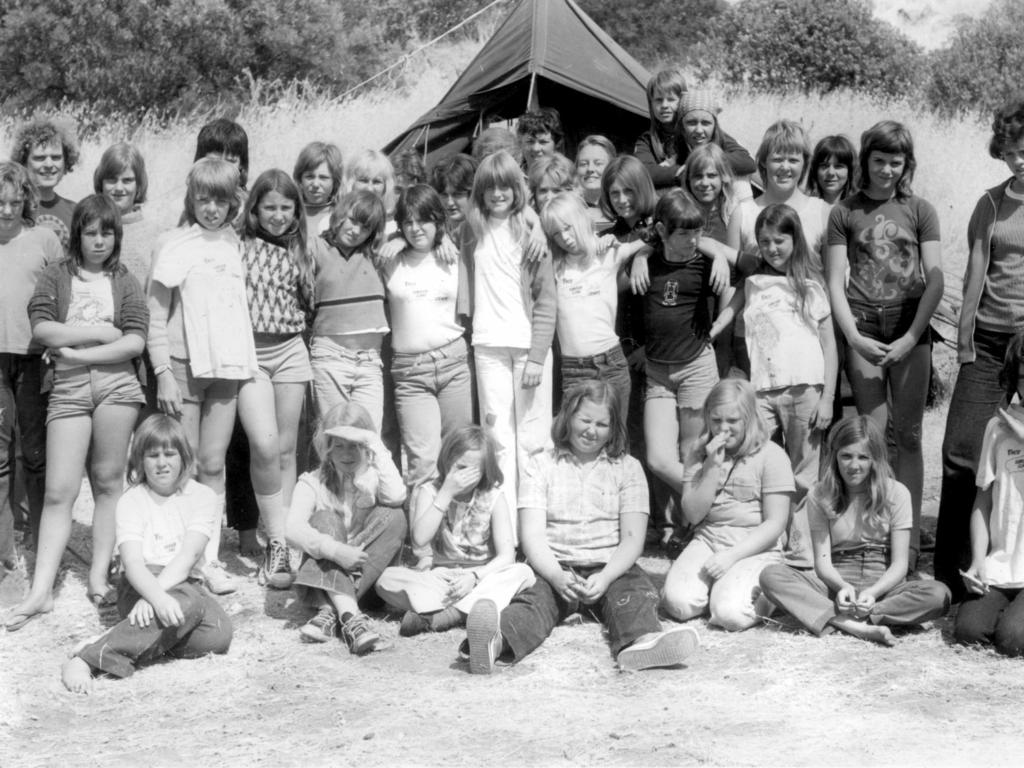
Sources: